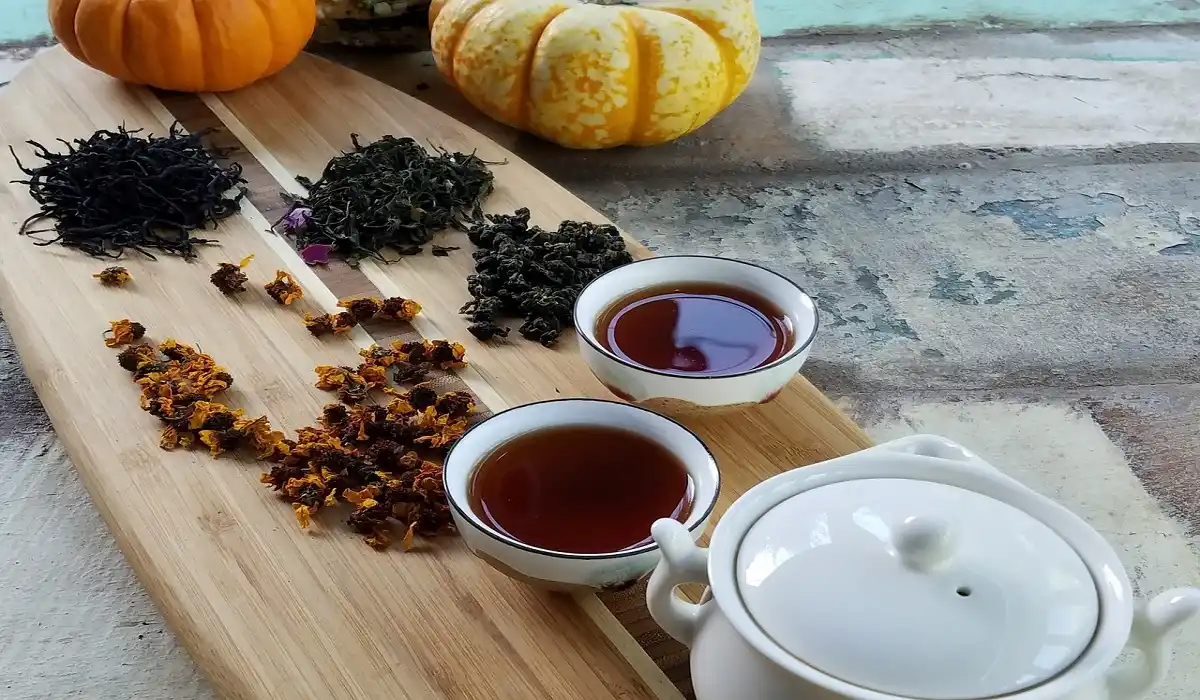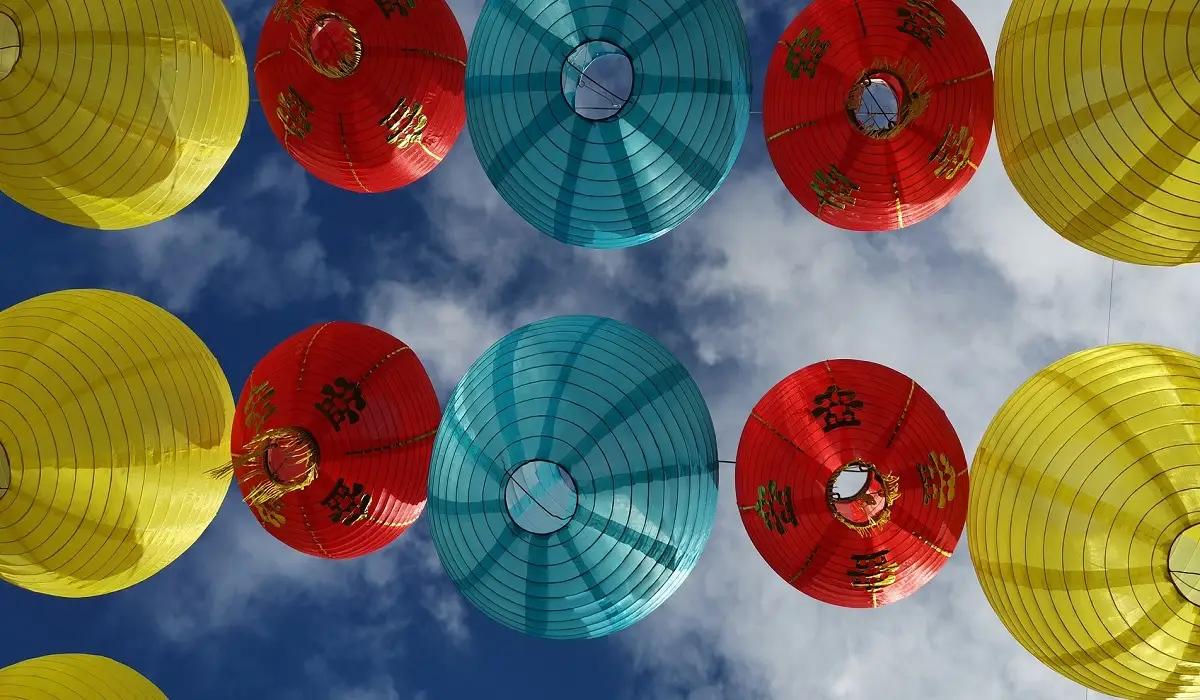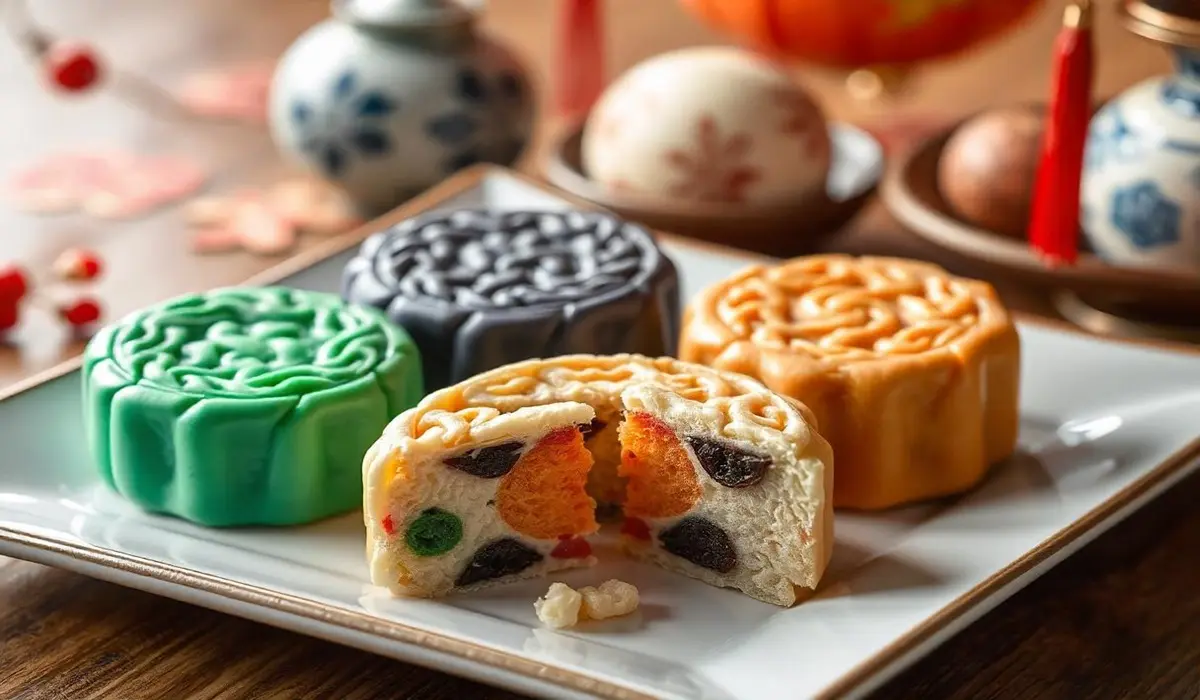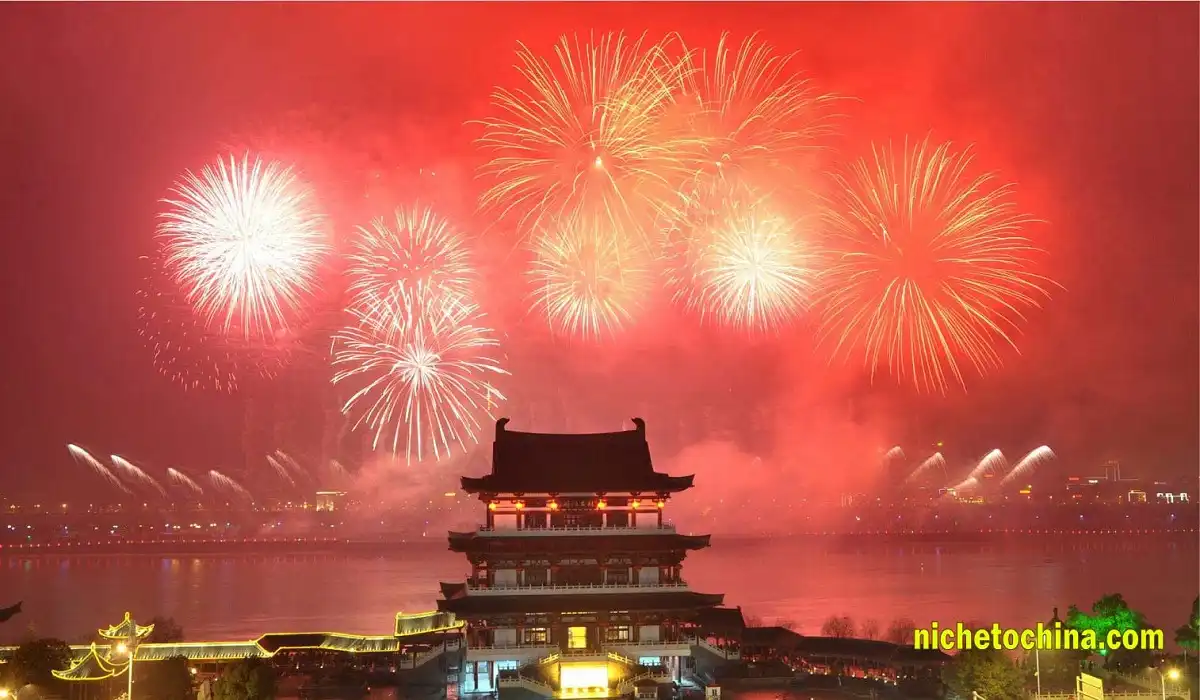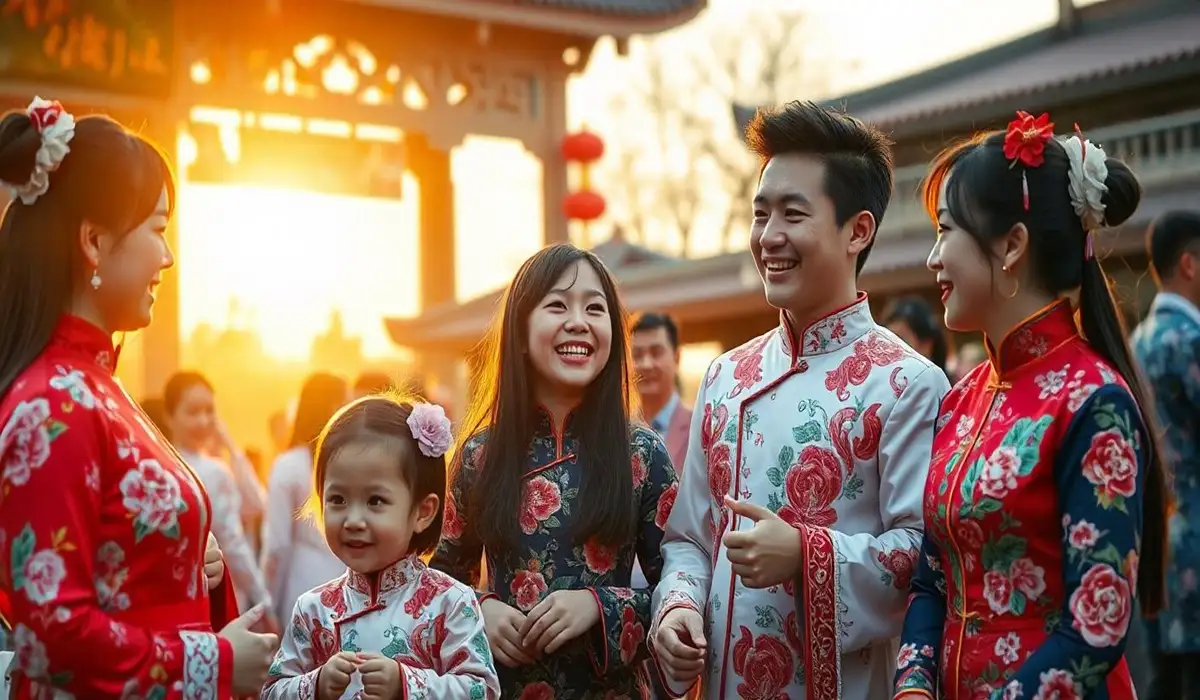When I think about Chinese culture, tea immediately comes to my mind. But what makes Chinese tea so special? Is it truly the best tea in the world? To appreciate its uniqueness, we need to dive into the rich heritage behind it.

In China, tea is more than just a drink; it’s a symbol of respect and connection. Whether served to guests or elders, offering tea is a sign of courtesy. It’s also a way to relax, find inner peace, and enjoy life’s simple pleasures. Even in some festival like Moon cake Festival or Chinese paper Lantern Festival. Beyond its cultural significance, Chinese tea offers numerous health benefits. For example, green tea can help lower blood pressure, reduce cholesterol, and lower the risk of heart disease.
The Origin
Chinese tea has a history that stretches back thousands of years. According to legend, it all began with Shennong (神农), the mythical father of Chinese agriculture and traditional medicine. The story goes that one day, Shennong accidentally discovered tea when leaves from a Camellia sinensis tree fell into his boiling water. Fascinated by the aroma, he tasted the brew—and Chinese tea was born!
However, it wasn’t until the Tang Dynasty (618–907 CE) that tea gained widespread popularity. The first regular tea drinkers were Buddhist monks, who appreciated the caffeine boost to stay awake during long meditations. Much of what we know about ancient tea culture comes from the Tea Classic (茶经), a book written by Lu Yu in 760 CE. This text describes early methods of tea cultivation and preparation.
Types of Chinese Tea: A Journey Across Regions
China’s diverse climates have blessed it with a wide variety of tea types, each with distinct flavors and characteristics. Let’s explore some famous Chinese teas and where they come from:
Longjing (Dragon Well) Green Tea

- Price: $50–$200 per 500g
- Produced in the West Lake region of Hangzhou, Zhejiang Province, Longjing tea is cherished for its flat leaves and sweet, mellow taste. As a quintessential green tea, it is favored by tea enthusiasts for its delicate flavor and exceptional quality.

Pu-Erh Tea
- Price: $20–$1,000+ per cake (100g–400g)
- This fermented tea comes from Yunnan Province. It’s known for its deep, rich flavors and is valued for its cholesterol-lowering properties. Pu-Erh tea can be aged, making older varieties particularly prized.

Da Hong Pao (Big Red Robe) Oolong Tea
- Price: $200–$10,000 per 500g
- Grown in the Wuyi Mountains of Fujian Province, this rare oolong tea is treasured for its unique flavor and cultural significance. Da Hong Pao is often considered a national treasure.

Baihao Yinzhen (Silver Needle) White Tea
- Price: $40–$300 per 500g
- Made from the delicate buds of the Camellia sinensis plant, this tea offers a soft, floral sweetness. Silver Needle tea is one of the finest white teas available.

Tie Guan Yin (Iron Goddess) Oolong Tea
- Price: $50–$200 per 500g
- This tea is from Anxi, Fujian Province, and is known for its floral aroma and creamy flavor. Tie Guan Yin is one of the most famous oolong teas worldwide.

Jasmine Tea
- Price: $10–$60 per 500g
- Jasmine tea is typically a green tea scented with jasmine flowers, primarily produced in Fujian and Guangxi provinces. Its aromatic quality makes it a popular choice.
Chinese Tea Etiquette: More Than Just a Drink
Drinking tea in China follows a rich tradition of etiquette. Here are some essential phrases and customs to know:
- 茶 (Chá) – The word for “tea,” referring to all varieties.
- 敬茶 (Jìng chá) – “Offering tea with respect,” a gesture often used during important occasions like weddings and family gatherings.
- 品茶 (Pǐn chá) – “Tea appreciation,” involving the thoughtful enjoyment of tea’s flavors and aroma.
- 茶艺 (Chá yì) – The “art of tea,” emphasizing the aesthetic preparation and serving of tea.
Tea ceremonies in China are less formal than Japan’s sado but focus on natural and spontaneous interactions. The practice of 敬茶 (Jìng chá) is a beautiful expression of respect and hospitality.
Brewing the Perfect Cup of Tea

Steeping Chinese tea is an art in itself. Here’s a simple guide to brewing a perfect cup of green tea:
- Measure the tea: Use 1 teaspoon of green tea for every 150ml of water.
- Mind the temperature: The water should be between 61°C (142°F) and 87°C (189°F). Too hot, and the tea turns bitter.
- Steep properly: Steep for 30 seconds to 3 minutes, depending on the tea type. Shorter steeping times work best for top-quality teas.
To avoid bitterness, never over-steep your tea. Oversteeping releases tannins, which can make the drink too astringent.
Brewing Tips:
- Warm the teapot first: Pour hot water into the pot to heat it up, then pour it out before adding tea leaves.
- Add more water as you drink: You can keep adding hot water to the same tea leaves, especially with higher-quality teas. This method gives you multiple flavorful cups from the same batch.
Health Benefits
Drinking Chinese tea isn’t just a pleasant experience—it also offers numerous health benefits.
- Rich in Antioxidants: Green and white teas are full of antioxidants like catechins and polyphenols, which help fight free radicals and reduce the risk of chronic diseases.
- Improves Heart Health: Regular tea consumption can help lower cholesterol and improve heart health.
- Aids in Weight Loss: Pu-erh and oolong teas are known to boost metabolism and aid in fat loss.
- Enhances Mental Alertness: The caffeine in tea improves focus, while L-theanine promotes a calm, relaxed alertness.
- Boosts Immunity: The bioactive compounds in green tea support a healthy immune system.

Modern Chinese Tea Culture
Chinese tea culture has evolved significantly, blending traditional practices with modern trends. Tea houses across China offer a variety of teas, from classic brews to innovative blends. Many cities now have tea shops and tea cafes where people can explore different varieties and enjoy tea in a social setting. This modernization helps spread the appreciation for Chinese tea worldwide.
Chinese tea is much more than a simple drink. Its roots run deep in Chinese culture, and its health benefits make it a global favorite. Whether you’re enjoying a cup of Longjing, appreciating the rich flavor of Pu-erh, or simply learning the art of tea appreciation, you’re partaking in a tradition that spans thousands of years.
FAQs
People widely recognize Chinese tea for its rich cultural heritage, and it offers a variety of flavors along with health benefits like antioxidants and heart health support.
Green tea remains unoxidized, providing a fresh and light flavor, whereas black tea, known as “red tea” in China, undergoes full oxidation, creating a richer and more robust taste.
Pu-erh tea undergoes a unique fermentation process, and older varieties are highly valued, which greatly increases their price.
You can steep premium teas like oolong and Pu-erh multiple times, often getting several flavorful cups from a single batch.
Yes, certain teas, such as oolong and Pu-erh, are known to boost metabolism and help with fat loss.

